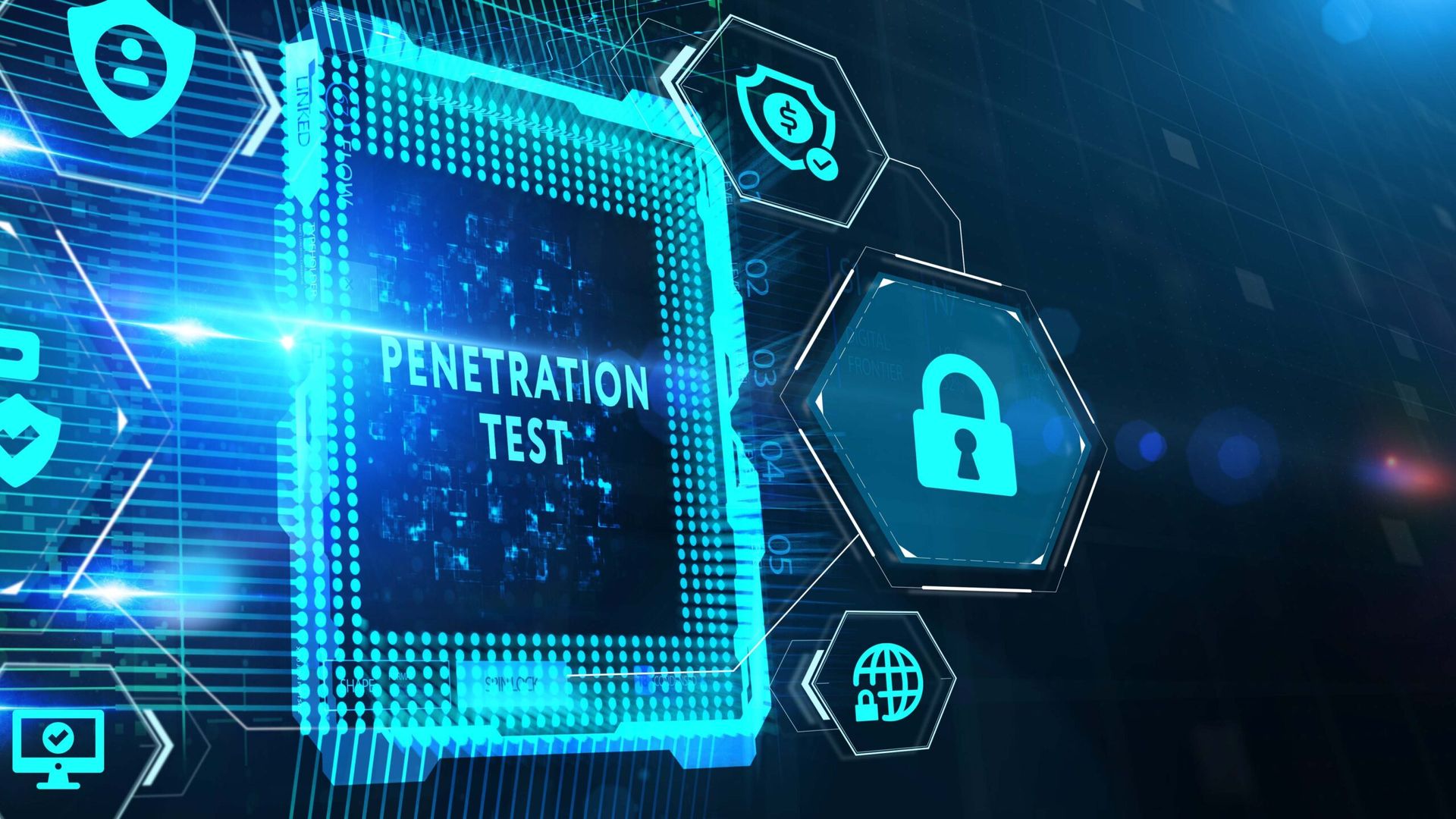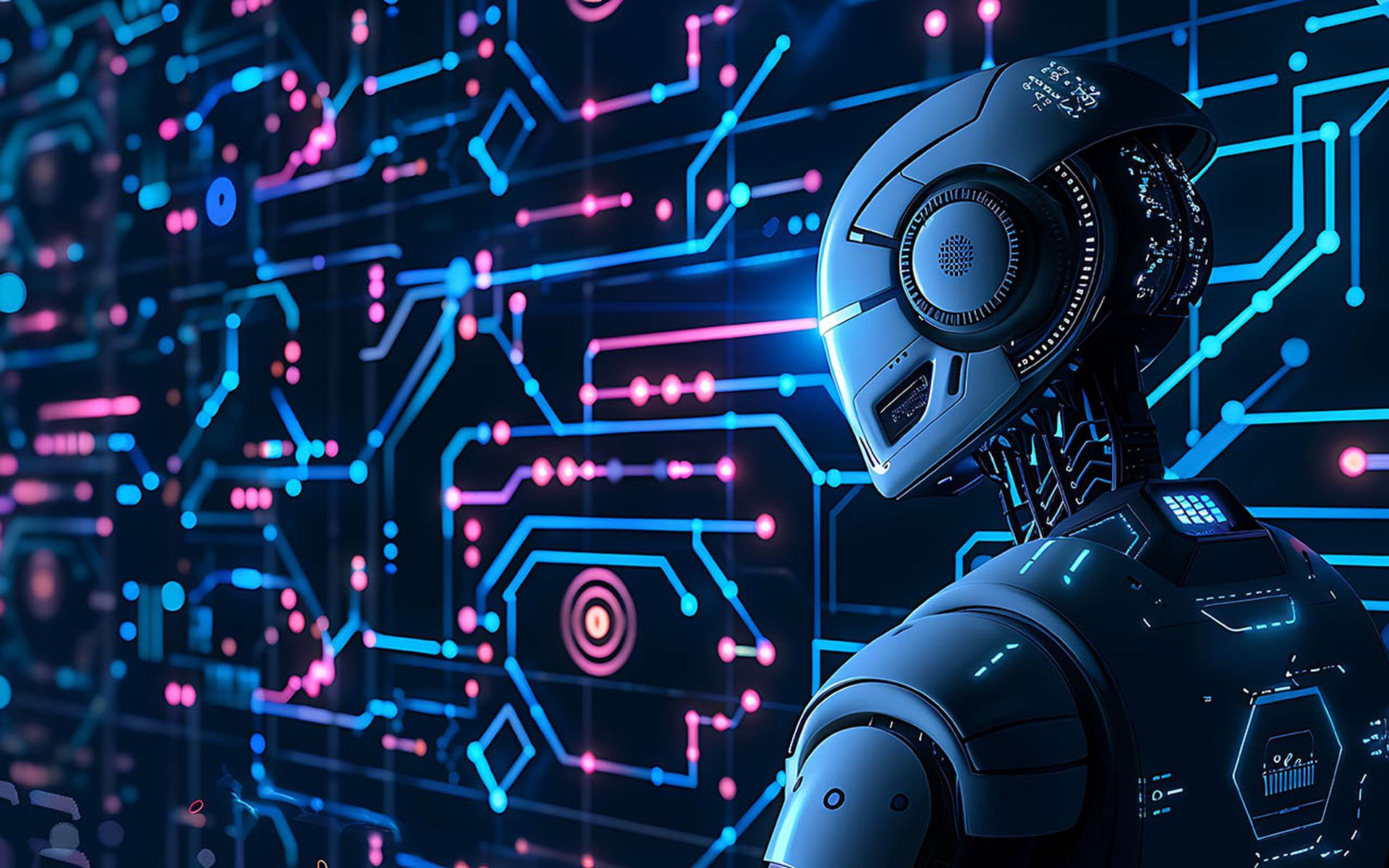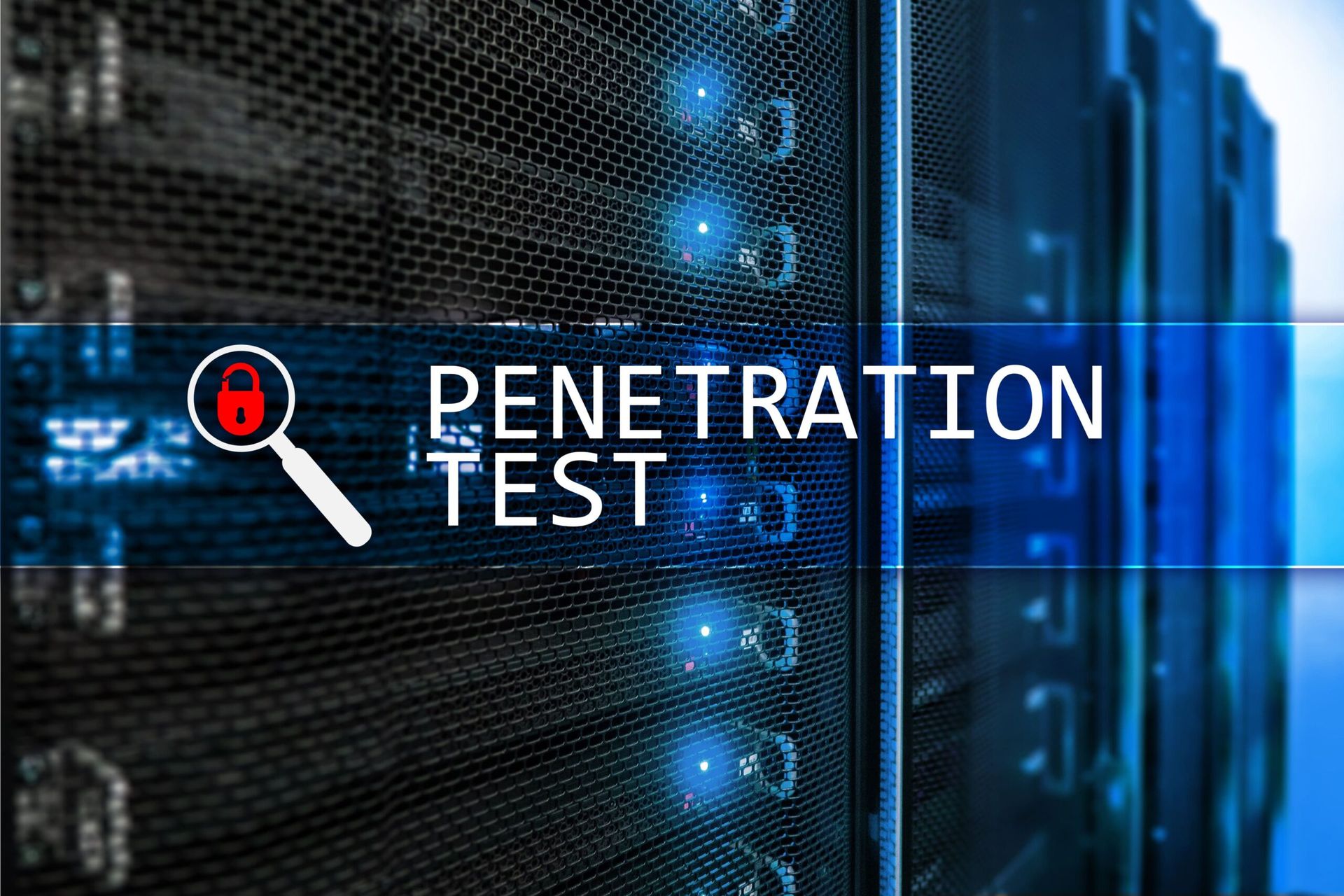AI has changed the cybersecurity landscape, introducing both solutions and new vulnerabilities.
Here’s how AI affects cybersecurity and the challenges it brings:
Adversarial attacks. AI systems can be tricked by manipulated data, leading to wrong outcomes. Strong defenses are needed to protect AI-driven security systems.Bias and fairness concerns. AI models can carry biases from their training data, leading to unfair decisions. Ensuring these models are fair is crucial for ethical and legal compliance.Phishing and deceptive techniques. While AI helps detect phishing, cybercriminals also use AI to create more convincing attacks. This requires new strategies to combat AI-driven phishing.Sophisticated threat detection. AI improves threat detection but also makes identifying sophisticated attacks harder. Advanced defenses are needed to separate real threats from fake ones.Lack of explainability. Complex AI models can be hard to understand, making it difficult to analyze and respond to threats. Nature of AI-Powered Threats in Cybersecurity
AI-powered threats are more adaptive and intelligent than traditional threats. They use machine learning to analyze data, identify patterns, and refine attack strategies, making static defenses less effective.
Leveraging machine learning as a weapon. AI threats use machine learning to adjust their tactics based on the cybersecurity landscape, making their attacks more targeted and successful.Evading detection by adapting to security measures. These threats can learn from security systems and change their behavior to avoid detection, making static defenses ineffective.Excel in automation and exhibit high speed and scale. AI threats can automate attacks on a large scale without human intervention, posing significant challenges for security teams.Employing sophisticated deception techniques. AI threats can mimic legitimate behavior, create convincing fake content, and impersonate trusted entities to avoid detection.Circumventing conventional security measures. Traditional security measures often fail against dynamic AI threats, requiring adaptive and proactive cybersecurity approaches. Unique Vulnerabilities Within Internal Systems
Internal systems have unique vulnerabilities like insider threats, misconfigurations, and weak access controls. Addressing these requires understanding internal network architecture and user behavior.
Distinctive Features of Internal Penetration Testing
Internal penetration testing helps organizations improve their cybersecurity by identifying and addressing vulnerabilities in AI systems.
Testing AI models assess the security of AI models against potential attacks.Securing AI training data ensure AI training data is free from biases and manipulation.AI-Driven threat detection use AI to detect sophisticated threats within the network.Integration with incident response improve incident response plans to handle AI-related security incidents effectively. Internal penetration testing is crucial for addressing new threats such as:
Supply Chain Attacks — software and hardware supply chain vulnerabilitiesZero-day vulnerabilities — attacks on unknown software vulnerabilitiesAI and machine learning threats — manipulating AI systems and automated attacksInternet of Things (IoT) security — vulnerabilities in connected devicesCloud security — misconfigurations and shared responsibility issuesCybersecurity skills gap — shortage of trained professionalsLegal and compliance challenges — complying with data protection laws and incident reporting requirements Mitigation Strategies Used After Internal Penetration
Testing Implementing strong mitigation strategies is key after identifying vulnerabilities through internal penetration testing:Regular software updates and patch managementUser education and trainingMulti-factor authentication (MFA)Continuous monitoring and threat detectionZero trust security modelsCollaboration and information sharing Incident response planningVendor risk managementAdvanced security technologies The Significance of Internal Testing in AI Security
Internal testing is essential for securing AI systems:
Testing AI models evaluate AI algorithms against various attacks.Securing AI training data ensure the integrity of AI training datasets.AI-Driven threat detection uses AI for detecting sophisticated threats.Integration with incident response integrate AI-specific measures into incident response plans.Continuous adaptation of defense strategies regularly use assessments to help stay ahead of emerging vulnerabilities. Internal Penetration Testing Tools in AI Context
Automated vulnerability scanners quickly identify known vulnerabilities in AI systems.Manual testing approaches uncover complex vulnerabilities that automated tools might miss.Specialized tools for AI-related vulnerabilities Assess AI systems for biases and adversarial robustness. Frequency and Integration of Internal Penetration into Cybersecurity Strategy
Determining Testing Frequency. Conduct regular assessments, at least annually, to adapt to evolving threats.Integrating Internal Penetration Testing into Overall Security Strategies. Align testing activities with risk management to effectively address vulnerabilities. Best Practices for Effective Internal Penetration Testing
Establishing testing protocols define clear procedures to ensure comprehensive testing.Collaboration with AI security measures Work together with AI security teams to address vulnerabilities.Adapting internal testing to AI advancements: Incorporate AI-driven tools and stay updated on AI threats. As we navigate the complexities of modern cybersecurity, the importance of internal penetration testing cannot be overstated. Organizations prioritizing this proactive approach will be better equipped to mitigate risks, safeguard sensitive information, and sustain long-term resilience against diverse cyber threats.
Investing in thorough internal penetration testing today will pave the way for a more secure and robust cybersecurity posture in the face of AI-driven challenges.
Blog courtesy of AT&T Cybersecurity. Author Bindu Sundaresan is currently responsible for growing the security consulting competencies and integration with the LevelBlue Consulting Services and Product Offerings. Regularly contributed guest blogs are part of MSSP Alert’s sponsorship program. Read more AT&T Cybersecurity news and guest blogs here.




